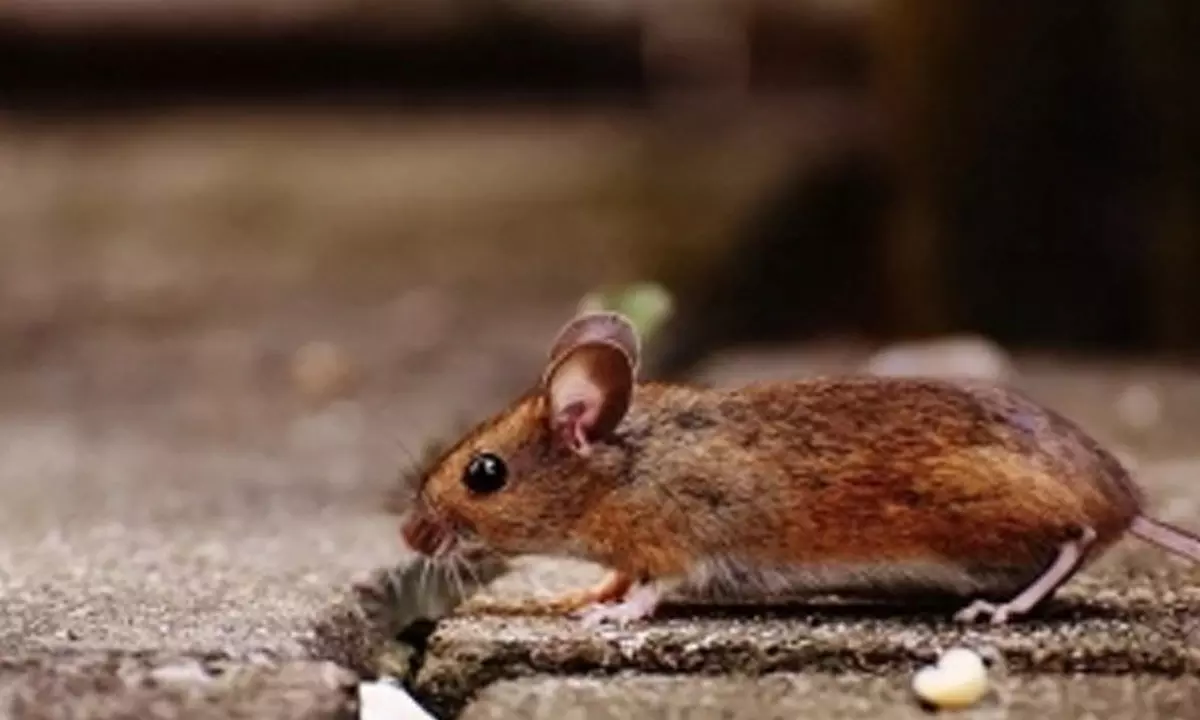Japanese scientists create mice with two fathers

Japanese scientists create mice with two fathers
In a breakthrough, Japanese scientists have created mice with two biological fathers, an advance that can pave the way for new fertility treatments in humans.
London: In a breakthrough, Japanese scientists have created mice with two biological fathers, an advance that can pave the way for new fertility treatments in humans.
The team led by scientists at the universities of Kyushu, and Osaka in Japan made the mice using eggs from male skin cells, The Guardian reported.
The novel technique can help two men to have children together. And also help in treatments for severe forms of infertility, such as Turner's syndrome, where one copy of the X chromosome is missing or partly missing.
"This is the first case of making robust mammal oocytes from male cells," Katsuhiko Hayashi, from Kyushu was quoted as saying.
Hayashi presented the development at the Third International Summit on Human Genome Editing at the Francis Crick Institute in London on Wednesday.
Previously, scientists have created mice that technically had two biological fathers, and also mice with two mothers. However, this is the first time eggs have been cultivated from male cells.
In the study, yet to be published, Hayashi and the team transformed a male skin cell with the XY chromosome combination, into an egg, with the female XX version.
Male skin cells were reprogrammed into a stem cell-like state to create so-called induced pluripotent stem (iPS) cells. The team then deleted the Y-chromosome and replaced it with an X chromosome that was "borrowed" from another cell to produce iPS cells with two identical X chromosomes, the report said.
"The trick of this, the biggest trick, is the duplication of the X chromosome," said Hayashi. "We really tried to establish a system to duplicate the X chromosome."
The cells were then cultivated in an ovary organoid which replicated the conditions inside a mouse ovary.
After fertilising the eggs with normal sperm, the team obtained about 600 embryos. These were then implanted into surrogate mice, resulting in the birth of seven mouse pups.
The efficiency of about 1 per cent was lower than the efficiency achieved with normal female-derived eggs, where about 5 per cent of embryos went on to produce a live birth, the team said.
The baby mice appeared healthy, had a normal lifespan, and went on to have offspring as adults, the report said.
"They look OK, they look to be growing normally, they become fathers," said Hayashi.
Scientists now look to replicate the new findings with human cells. Hayashi, who is internationally renowned as a pioneer in the field of lab-grown eggs and sperm predicted it is possible in the span of a decade
"Purely in terms of technology, it will be possible (in humans) even in 10 years," he said.
"I don't know whether they'll be available for reproduction," he said. "That is not a question just for the scientific programme, but also for (society)."
Woman injured in stabbing attack in Tokyo, suspect at large
Bengal cop booked for murder over mysterious death of woman home guard, SIT to probe case
Staffer recalls horror of 7-kg gold robbery by armed gang in Karnataka’s Hunsur
25-Year-Old Airline Cabin Crew Member Dies At Gurugram Party; Police Begin Investigation
















